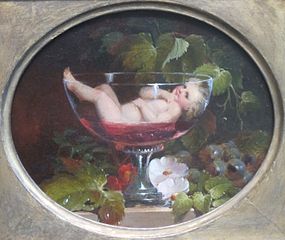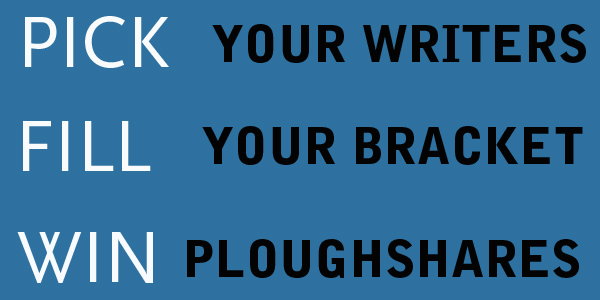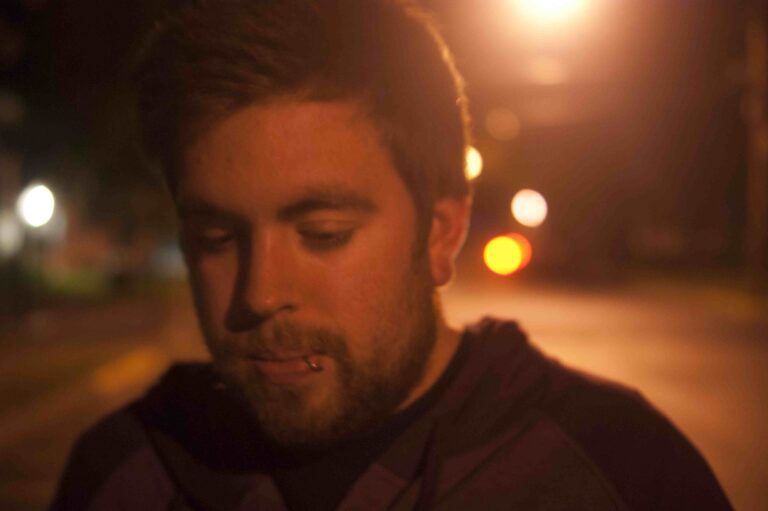Eye Want

In honor of Valentine’s Day later this week, and my first post in a series of writing prompts, I present to you this ever so schmaltzy “Cupid in a Wine Glass.” (More on that in a minute.)
Between drafting my first novel and teaching creative writing to undergraduates and adults, I’ve been happily cavorting with visual writing prompts for about ten years now, because they so often provide a welcoming spring board for new work or even continuing works-in-progress in unexpected ways. Beginners seem to like the visual as a concrete starting point; writers who’ve been at it for a while seem to like the experience of shaking things up, refreshing the palette, feeding obsessions or finding new ones. Regardless of where you are in your writing life, you might consider what Edward Hirsch has said about looking at art in Transforming Vision: Writers on Art: “Works of art initiate and provoke other works of art; the process is a source of art itself.”
If looking at art in order to write seems daunting, consider these pointers. In general, it helps to just take a minute and soak in the image. Put your pen down. Take your fingers off the keyboard. (Don’t answer that text message you just got.) What catches your attention first? How does your eye wander? What’s going on from top to bottom? Left to right? What colors and patterns do you notice? What’s weird or wonderful? Do you like it? If so, why? If not, why not? What does it remind you of? What does it make you think about and feel?
Regardless of the writing prompt, if you’re at a loss for words, start with a description of what you see. At the end of the day, ekphrasis pretty much just means description, though it has morphed into many more things than that. Keep describing in as much detail as you can. Pick out one small detail and unpack it. When your brain starts itching with story/poem/essay, go after it. Or, as Terry Blackhawk suggests in Third Mind: Creative Writing through Visual Art, “go into it…use your senses.” Go “inside” the work and listen.
The Prompt
Today’s writing prompt plays with portraits and monologues. If Woodside’s besotted baby opened his tiny mouth, what would he say? Is he scheming? Smug? Dying for a juicy grape? Anxious for a cocktail napkin for his wet bottom? Would it help if I supplied the first two words of his monologue? Consider starting with the phrase “I want…”
I’ve assembled a gallery of 22 other portraits in different styles and media, from different eras and corners of the world, using the Google Art Project. Take a look. Do any of these characters grab you by the collar and speak? (In an effort to maximize writing time and curtail the despair of not-writing, try not to fall into a spiral of clicking image after image; stick to this selection. Base your decision on instinct.) Desire is the engine of story. What do these people want?
Here’s a game we can all play together in the wilds of the Internet:
- Choose a portrait.
- Write a monologue. Start with the phrase “I want” if you want.
- Compose a tweet. What would this person tweet? Use #psharesart so I can find it. I’ll keep any eye out for the next few days.
- A selection of choice tweets will then become our next prompt! #huzzah!
Please go ahead and post your longer, non-tweet monologues in the comments section. Get a conversation going. Maybe one portrait speaks to another?
A final reminder: give yourself some time with the image. Listen to the voice in your head. Give yourself ten minutes, at the least. If, afterwards, you find yourself in need of more information, some extra fuel for the writing fire, see if information on that work of art or artist helps you write more. But, initially, resist that temptation to research, and spend your time in the image, and in your imagination.


